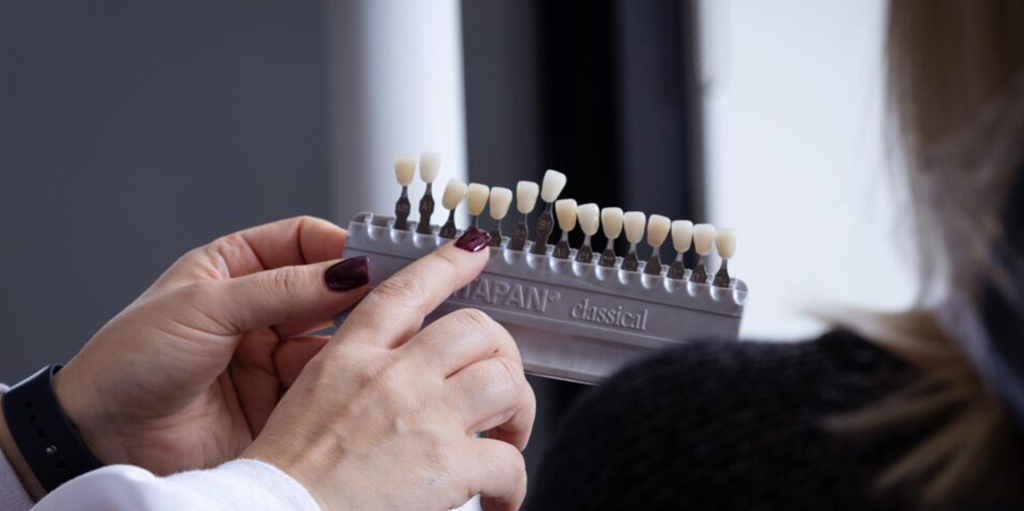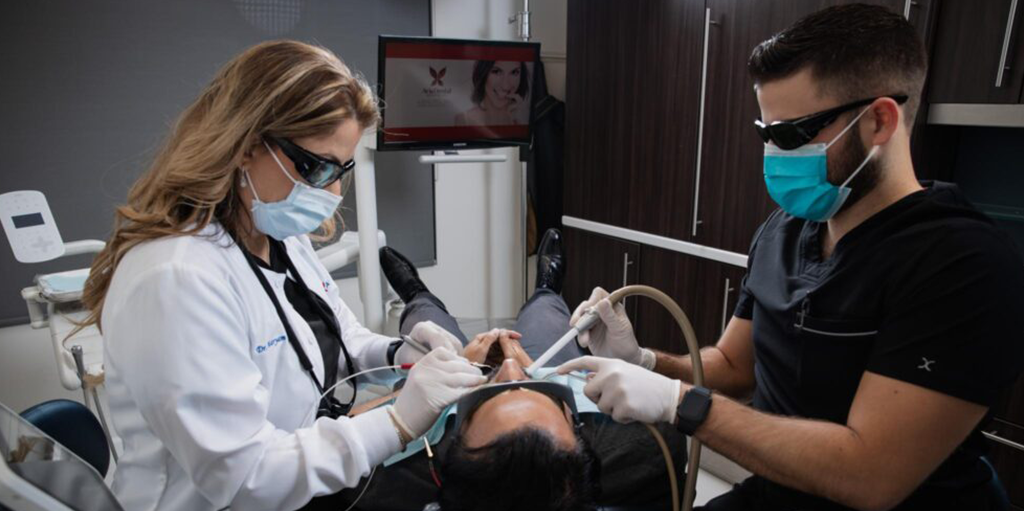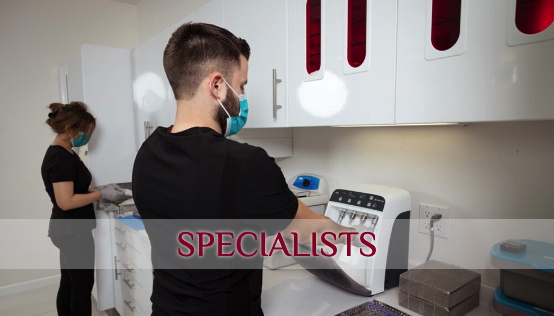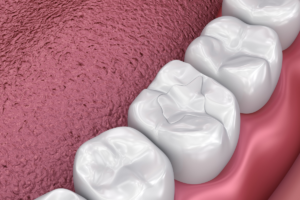Have you been advised to get a sinus augmentation prior to your dental implant surgery? If you need to replace a missing tooth, a dental implant can restore your natural smile. For a successful treatment and also to enjoy this revitalization, you need an adequate amount of jawbone.
A sinus augmentation or a sinus lift surgery, a procedure that lifts the sinus, is developed to reconstruct the holders of your jaw bones to make a more vital anchor of bone for a dental implant. The new bones will form, and the target area will be reinforced, increasing the likelihood that the implants will not fail.
What Is a Sinus Lift Surgery (Sinus Augmentation)?
A sinus augmentation or a sinus lift surgery is a restorative surgical procedure performed by your dentist when you are recommended to have dental implants, but you don’t have an adequate amount of bone in your upper jaw to secure the implant.
This procedure, sometimes referred to as sinus augmentation and graft, has become very common in the last 15 years with an increase in the number of patients who undergo dental implants as a restorative method. A sinus augmentation can be performed by different medical specialists such as periodontists or oral surgeons.
In this technique an artificial bone is added to your upper jaw between your jaw and the maxillary sinuses on either side of your nose. To free enough space for this bone, the sinus membrane has to be moved upward, which is made possible through a sinus lift with the help of specialists such as oral and maxillofacial surgeons.
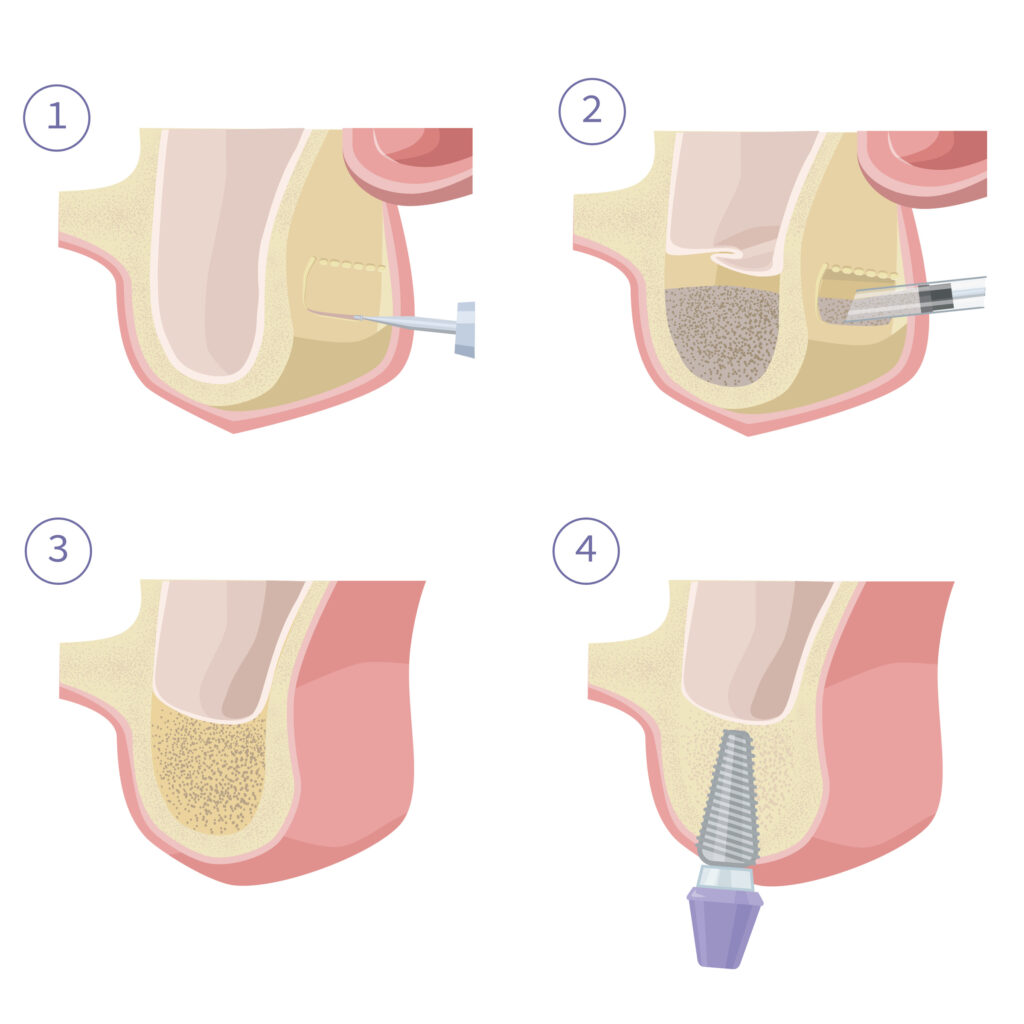
When to Opt For a Sinus Lift Surgery
The sinus lift procedure is performed to create more space for new bones by lifting up the maxillary sinuses, which are air-filled cavities positioned just above the back portion of the maxilla or upper jaw. With the augmentation of the sinus and grafting of the bones in between, more bones will be prepared for the dentist to set a dental implant.
The new dental implant cannot perform properly if you do not have enough bone in your upper jaw, as it does not connect to your jaw.
If you suffer from the loss of molars or premolars or have an anatomical structure that does not provide enough bone for the placement of dental implants, you will need a sinus lift.
Why You May Lose Your Jaw Bone
There are several reasons why people may not have enough bone for a successful dental implants placement:
- If you have experienced tooth loss, your jawbone may have gotten thinner over time, as the bone begins to resorb due to tooth loss.
- You may have also experienced bone loss in your jaw because of congenital complications or disabilities, cancer, or periodontal disease.
- The shape and size of the sinus vary from person to person. If your maxillary sinus is too close to your upper jaw, you do not have enough jaw bone to hold your implant.
- According to the Foundation for Oral Rehabilitation, a sinus lift surgery is recommended once you have less than 4 to 6 millimeters of bone height in the back portion of your jaw.
How to Prepare For Sinus Lift
A dental implant consists of several steps, including sinus lift and bone grafting. You need to discuss your goals, condition, and medical history during your initial consultation. Your dentist will closely examine your oral situation to evaluate your jawbone health and other vital structures.
Then you will go through imaging examinations, such as X-rays or a computed tomography scan, so your dentist can study the anatomy of your sinus to estimate the height and width of your existing bone accurately and assess its health. Based on the results, your dentist will inform you of whether or not you will need a sinus lift surgery to help secure the implant(s).
You will need more X-rays taken before your sinus lift surgery. You may also need a special computed tomography (CT) scan.
What Is a Sinus Lift Surgery Like
A sinus augmentation or a sinus lift surgery can be done through several approaches, based on your specific condition. The method varies from person to person based on the amount of bones you currently have in your jaw, the type of the bone graft, and the potential method for dental implant placement. Overall, the procedure generally consists of the following steps:
- Your dentist will numb the target area or may give you oral or intravenous sedatives to minimize any discomfort during the procedure.
- Incisions will be made into the back portion of your gum tissue. The tissue is then raised, uncovering the bone. A small area of the bone will be cut and subsequently lifted into the sinus cavity, increasing the membrane, which is gently pushed up and away from your jaw.
- Your dentist will apply the bone graft material. In most cases, the material used in a sinus lift surgery or a sinus augmentation is an artificial bone; in some instances, the bone may have to be taken from other areas of your mouth or body. The exact amount of the employed bone will vary, but several millimeters are supposed to be added above the jaw.
- The implants are usually placed at the same time, but sometimes you may need to wait several months before you could get an implant, giving your jaw enough time to heal so the material could link with your bone correctly. The time needed will vary depending on the grafting material.
- Once the bone is in place, the tissue is stitched back into place.
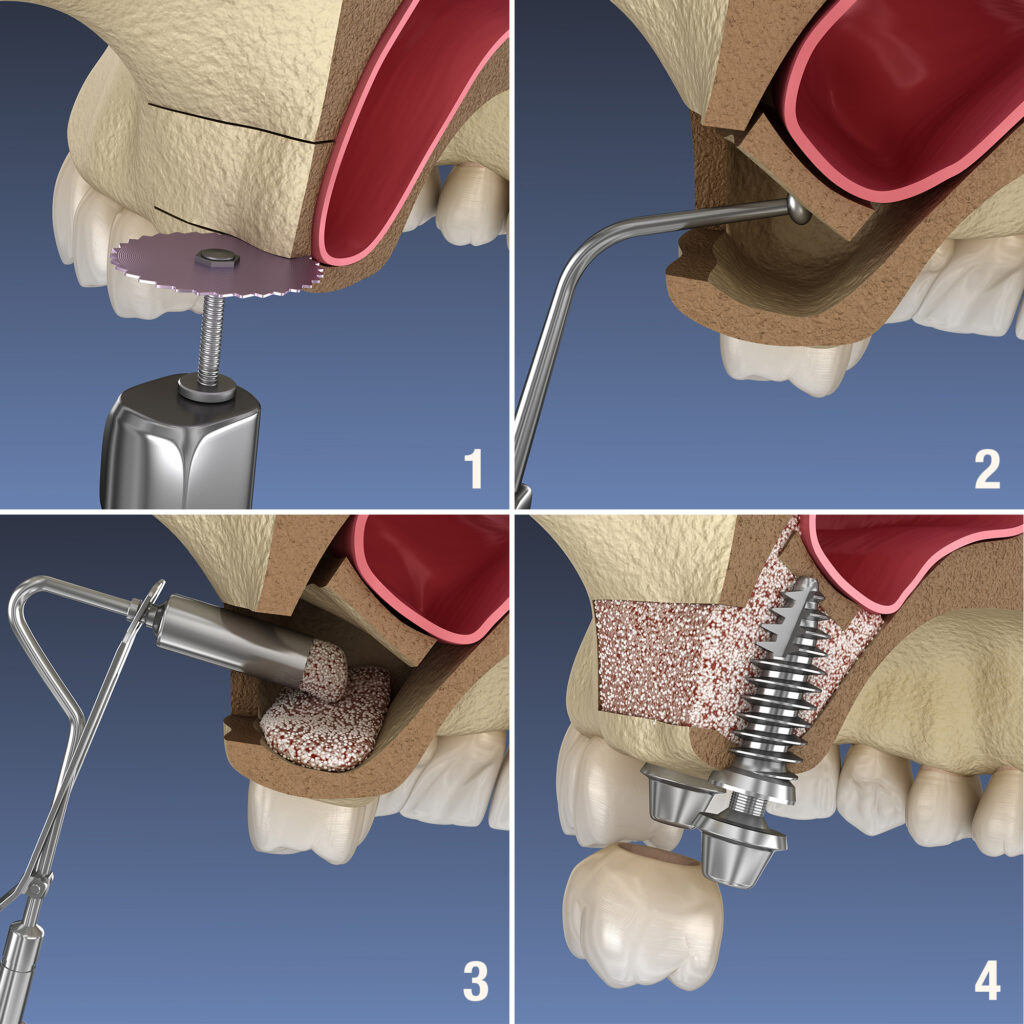
What Happens After the Sinus Lift Surgery?
Following the procedure, a healing period of up to nine months may be required for the bone material to harden and mesh with your jawbone, if the bone is fragile.
After a routine sinus lift surgery, you will likely be given some recovery tips. You may be prescribed antibiotics to avoid infection. You should:
- Take pain relievers to relieve discomfort;
- Avoid brushing your teeth for a certain amount of time to prevent clots or bleeding;
- Avoid blowing your nose and sneezing, as they might affect the bone graft material placement;
- Avoid drinking from a straw to stop the bleeding;
- Avoid smoking as it interferes with your healing time.
You will generally need to return for a check-up within about a week after your sinus augmentation.
What Results Are to Be Expected?
According to the American Academy of Periodontology, your jawbone needs between 4 and 12 months to heal before a dental implant could be placed. Sometimes your dentist will place the dental implants right after your sinus lift surgery.
It is highly unlikely that you would need to repeat the procedure, provided the sinus lift surgery has been successful. However, if your doctor accidentally perforates the Schneiderian membrane during the process, you should allow time for the membrane to heal and repeat the sinus lift surgery.

What Are The Side Effects of A Sinus Lift Surgery, If Any?
Like any other dental procedure, a sinus lift surgery or a sinus augmentation carries inherent risks and side effects such as swelling and bleeding. The discomfort does not usually last more than a few days, and you will soon be able to resume your normal activities. Below are some of the most common complications that might arise during or after a sinus augmentation:
- Puncturing of the sinus membrane
The most common complication reported by the patients after sinus lift surgeries has been the perforation of the Schneiderian membrane, which increases the risk for chronic sinusitis and sinus infection.
If the sinus membrane is punctured during the procedure, the dentist will make an effort to stitch it back; however, if the repair is ineffective, the surgery will be halted and postponed for a few months in order for the membrane to heal. A cured membrane is thicker and makes a second procedure more likely to be successful.
- Sinus infection
Infection, a standard risk of any surgical procedure, rarely occurs after sinus lift surgeries.
- Wound drainage
Wound drainage is unlikely to occur; but even if it does, it seldom poses a serious threat and can generally be taken care of.
- Discoloration under your eyes caused by hematoma
Hematoma arises due to a buildup of blood after surgery, and is usually caused by damage to the blood vessels during surgery or improper care after surgery. Hematoma generally occurs in older women and should clear up on its own after two weeks. It is harmless- only an aesthetic issue.
- Implant failure
In some rare cases, the existing bone does not mesh with the bone grafting material, and implants placed in the target area will fail. In this case, you might need another sinus lift surgery.
Contact your dentist as soon as possible if you experience the following:
- Swelling or pain that worsens after two to three days;
- Bleeding that remains steady after two to three days;
- A sensation that the bone graft materials have moved out of place;
- Signs of infection, such as fever.
How Much Does A Sinus Lift Surgery Cost?
The expenditure on sinus lift surgeries varies based on different factors such as physician’s and facility’s fees, geographic location, the required bone graft materials, and the complexity of the procedure.
If you would like to undergo a dental implant, our professional surgeons at Aria Dental can deliver you the best solutions. Feel free to call us to book a consultation.






